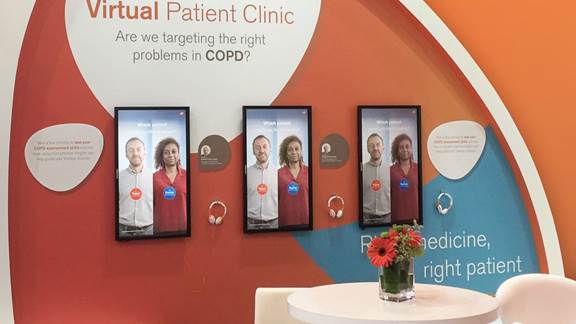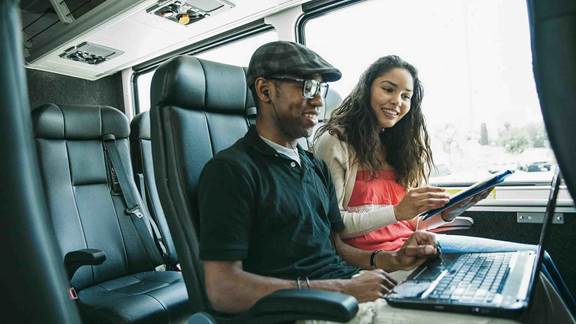Thanks to products like Apple Wallet, we’re increasingly used to accessing cards and tickets directly from our mobile devices - whether paying for a coffee, or checking in for a flight. With this growing customer expectation in mind, it’s often surprising to be reminded of the number of services that still rely on physical tickets.
Take national Railcards - a suite of trusted products that help people across the country save up to a third on their rail travel. While the rail and transport industry as a whole has made increasing strides to rethink paper and plastic ticketing systems, national Railcards have remained behind.
Bringing together the UK’s leading rail companies, Rail Delivery Group (RDG) recognised the urgent need to transform national Railcards. From slow lead and processing times, to the risk of fraud and the frequent challenge of misplacing them, it was time to offer UK customers an altogether smarter, and more efficient, solution.
Taking national Railcards from wallet to smartphone
Rail Delivery Group
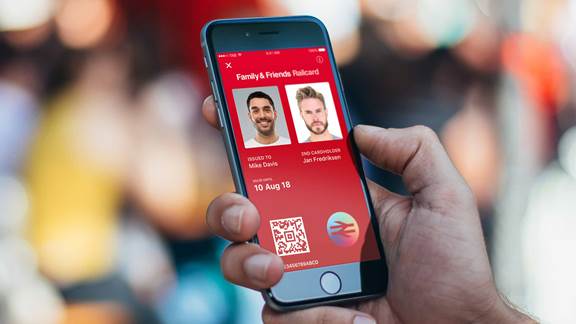
Kin + Carta Create and RDG partnered to transition national Railcards from a physical to a digital format.
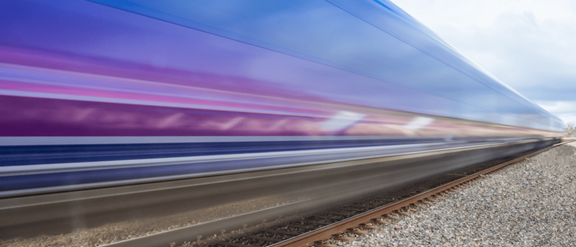
Setting direction and tempo
RDG turned to Kin + Carta for both its extensive transport sector and mobile-specific expertise. Together, the team began an intensive, two-week Discovery phase, led by the Create team.
The first priority was to conduct a series of in-depth workshops to clarify the product vision, and map a series of clear user and business outcomes.
One of the most important pain points uncovered was the physical delay between applying for a Railcard, and receiving it in the post - a process which could take up to 5 working days. This alone meant a loss of nearly 7% of potential Railcard customers.
Following the kick-off workshops, three clear customer outcomes emerged as highlighted in the diagram below.

Mapping real-world painpoints
Extensive user research was conducted in stations across London, testing prototype solutions directly with customers. This real-world research was invaluable, allowing the team to uncover the varying painpoints and experiences of Railcard users - from students to the elderly.
Wireframes and early stage designs were then iterated rapidly, informed by these fast, direct feedback loops.
The process also saw the team jump aboard trains to test solutions with our other key user groups - Revenue Protection Inspectors. Together, Kin + Carta and RDG ran sessions across train operating companies. This ensured that multiple digital Railcards could be easily checked on mobile in the short space of time that ticket inspections occur, and ensured any usability issues could be surfaced and addressed early.

Safe and secure
Preventing fraudulent misuse has been an essential requirement for both RDG and train operating companies from the outset. The app has many security features built into it, with one particularly innovative example being the digital hologram visible on all cards.
The hologram isn’t a static visual asset. Instead, it is a fully coded feature that uses a phone’s in-built sensors to generate non-linear movement visible as the hologram’s ‘sheen’. This makes it difficult to predict and replicate.

When it comes to security, what happens beneath the hood is just as important as what the user sees - and sometimes, it’s the little details that make a difference. The app’s use of background updates is a case in point.
For security, it’s critical that a Railcard can be validated prior to use. Background updates are a straightforward way to ensure that any Railcard is valid, with any invalid card passing into a locked state upon opening. Background updates also ensure, when using a valid Railcard, that customers don’t suffer the anxiety of waiting for it to load during a ticket inspection.
Even at a low level, however, background updates impact a user’s battery and data - which isn’t a great experience if you’re travelling.
Our engineers, therefore, made use of certain native aspects of iOS and Android to implement two different types of background update - friendly, and mandatory. Taken together, this inexpensive enhancement means not only is Railcard security robustly met, but battery and data are impacted far less, resulting in an improved user experience.
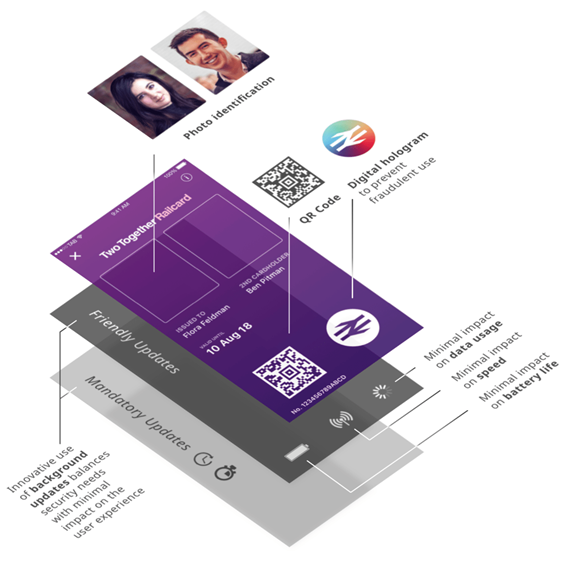
A digital success story
In just over three months, Kin + Carta and RDG successfully transitioned national Railcards from a physical to a digital format. The customer response has been remarkable: over 2,000,000 digital Railcards have been sold in the first two years, and the app is currently rated at 4.7 stars on the App Store and Play Store combined.
Highly secure, the anti-fraud measures in place also mean that as of November 2017, zero cards have been identified as fraudulent.
The app provides an acutely flexible foundation for the inclusion of new Railcards. This allows RDG to release and test new propositions at a greatly accelerated pace - such as the wildly successful ‘Millennial’ 26-30 Railcard and the newly launched 16-17 Saver, both of which were launched within just 3 weeks.

With such a diverse user set across our Railcards, Kin + Carta's UX insight and customer-led approach has been vital - as has the rigour and attention to security from their engineering team.
Chris Moore Propositions Manager, Rail Delivery Group
